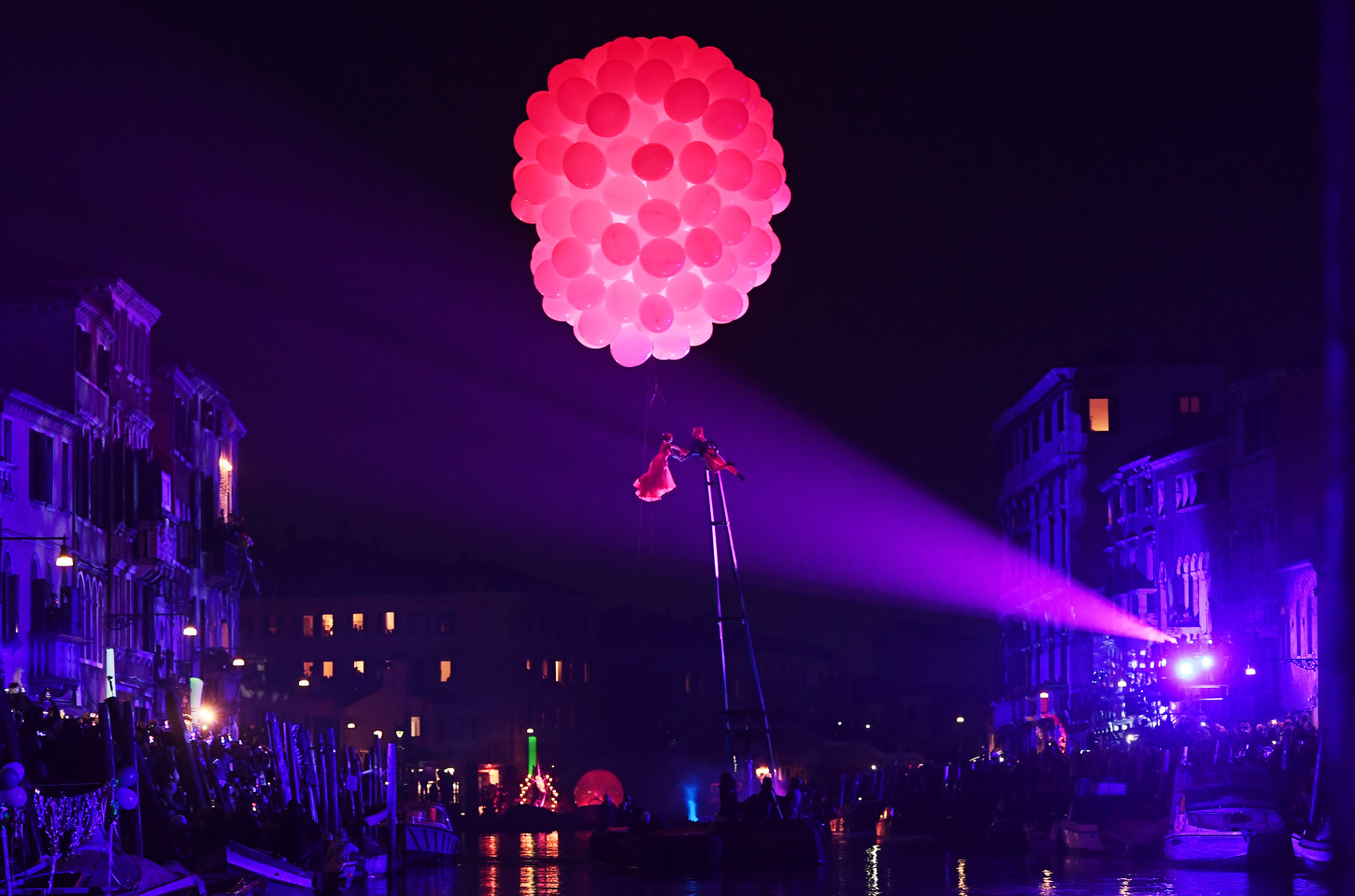Text: Santiago Caprio
Art exhibitions have proliferated globally, in successive waves, according to the specific needs in different parts of the world, and to the interplay between them.
The result is a dense field of mobility between artists, curators, gallerists, critics, collectors and visitors–especially on an international level–that is unprecedented in its quantity, scope, and variety as now.
It is obvious that these events has become as structural to what is usually called “the tiny artworld” in any particular place as every other element in what amounts to a visual arts exhibitionary complex.
Art exhibitions have proliferated globally, in successive waves, according to the specific needs in different parts of the world, and to the interplay between them.
The result is a dense field of mobility between artists, curators, gallerists, critics, collectors and visitors–especially on an international level–that is unprecedented in its quantity, scope, and variety as now.
It is obvious that these events has become as structural to what is usually called “the artworld” in any particular place as every other element in what amounts to a visual arts exhibitionary complex.
Being events, rather than primarily an assembly of art objects on display, is what makes biennials contemporary. A few people are taking pictures, but mostly they are just passing by. Perhaps after a bit of notoriety in the press, this is already yesterday’s news, and that’s how the art world works.
I am surrounded by water, and I try to make a mental list of all the artists for whom water is essential. There are too many in our soul. Urban spaces seem to become liquid, and liquidity is a popular idea here, an ideal state of mental flux that seems to allow the mind to comprehend the fusion of opposites or the dissonance of big contradictions or opposed ideas. It’s a hypnotic experience that perfectly captures something essential.


